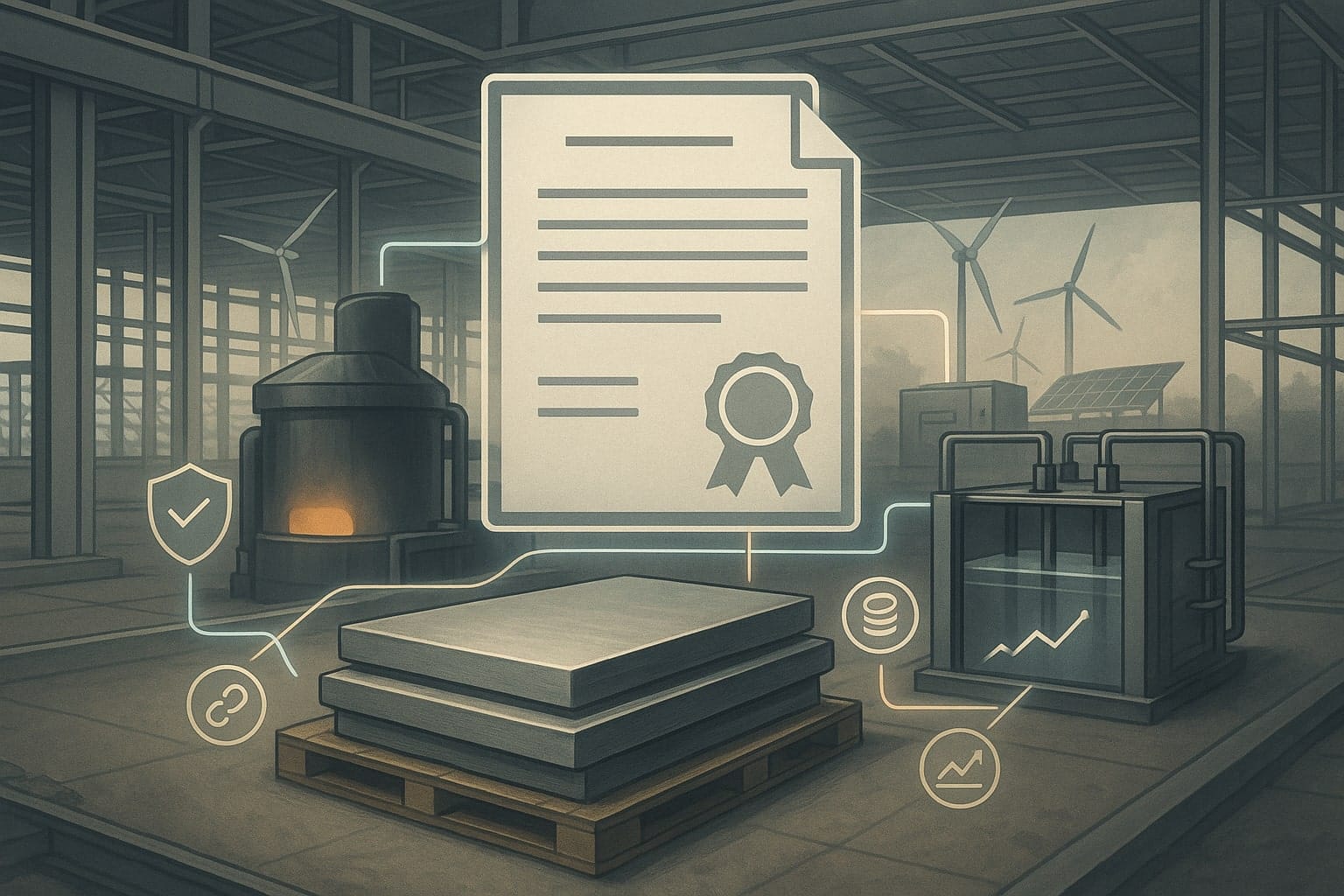Australia has embarked on an ambitious journey to position itself as a global leader in the renewable hydrogen sector. The 2024 National Hydrogen Strategy builds upon its earlier 2019 strategy, adapting to evolving technologies, market demands, and international policy developments. With a focus on scaling up hydrogen production, domestic use, and exports, the strategy sets clear targets for 2030 and beyond. It is part of Australia’s broader effort to transition to a net-zero economy by 2050, capitalizing on its abundant natural resources to produce clean hydrogen for both local consumption and international markets.
Table of Contents
ToggleBackground and Context
In 2019, Australia was one of the first nations to launch a comprehensive hydrogen strategy, setting the stage for large-scale investments in clean energy. However, since then, the global hydrogen landscape has become increasingly competitive, with over 30 countries developing similar strategies. This shift prompted a review of Australia’s approach, leading to the updated 2024 strategy. The revised plan is not only a response to global competition but also an effort to align with new decarbonization policies and technologies, ensuring the country can rapidly scale its hydrogen production capacity. It emphasizes clean, innovative, and economically competitive hydrogen production as central to Australia’s energy transition goals.
The strategy is shaped by extensive consultations with federal, state, and territory governments, along with input from 65 stakeholders and 115 submissions. This collaborative approach aims to refine Australia’s vision for hydrogen, setting a foundation for long-term industry growth and international market integration.
Objectives and Goals of the 2024 Strategy
The 2024 National Hydrogen Strategy aims to establish Australia as a global leader in hydrogen production by 2030, aligning with the broader goal of achieving net-zero emissions by 2050. The strategy outlines four primary objectives:
- Scaling Hydrogen Production: This involves increasing the capacity for large-scale, cost-competitive hydrogen production. The government plans to introduce a Hydrogen Production Tax Incentive of $2 per kilogram to reduce production costs and enhance competitiveness from 2027 to 2040. The Hydrogen Headstart Program is also a key initiative, with an investment of $4 billion to accelerate the development of major projects and support regional hydrogen hubs. These hubs will host producers, users, and potential exporters, contributing to a nationwide hydrogen network.
- Driving Demand and Expanding Markets: The strategy emphasizes creating demand for hydrogen in sectors like green metals (e.g., steel and alumina), ammonia, transport, and energy production. It also aims to incentivize industries to decarbonize through the existing Safeguard Mechanism, ensuring large-scale adoption of hydrogen across the economy.
- Equitable Benefits and Community Engagement: The strategy focuses on sharing benefits with First Nations communities and supporting regional jobs and businesses. It includes plans for sustainable water usage, community engagement codes of conduct, and the adoption of best practices in hydrogen projects.
- Enhancing International Collaboration: The final objective aims to capture international markets by attracting global investment, developing partnerships, and establishing a Guarantee of Origin scheme to certify the production of clean hydrogen. Australia plans to strengthen its bilateral ties with countries like Germany, Japan, and South Korea, facilitating the export of hydrogen and hydrogen-based fuels.

Major Programs and Initiatives
To achieve these objectives, several initiatives are set in motion:
- Hydrogen Production Tax Incentive: Set at $2 per kilogram, this is designed to make renewable hydrogen cost-competitive, benefiting both producers and consumers.
- Hydrogen Headstart Program: With $4 billion in funding, this program aims to support large-scale hydrogen projects, facilitating faster scaling of production capabilities.
- Advancing Hydrogen Fund: Managed by the Clean Energy Finance Corporation, this $300 million fund offers concessional finance for hydrogen projects, promoting research and deployment.
- ARENA Grants and Funding: The Australian Renewable Energy Agency will support research, feasibility studies, and pilot projects. This includes collaborative efforts like the HyGATE initiative with Germany, emphasizing joint development of hydrogen technologies and infrastructure.
Implications for the Domestic and Global Markets
The 2024 strategy presents significant implications for both domestic growth and international market positioning:
- Domestic Growth: By fostering local industries such as green metals and chemicals, the strategy aims to create thousands of jobs, particularly in regional areas. It also lays out plans for supporting new manufacturing industries, thereby driving economic growth and contributing to the decarbonization of key sectors.
- Global Competitiveness: Australia’s abundant natural resources and large hydrogen pipeline—accounting for over 20% of the world’s hydrogen projects—offer a strong foundation for global competitiveness. Recent trade agreements with Germany and Japan reflect the strategy’s success in building international partnerships. These collaborations are vital for expanding Australia’s export potential, particularly in hydrogen-based fuels and green metals.
Challenges and Criticisms
Despite its ambitious goals, Australia’s 2024 National Hydrogen Strategy faces several challenges:
- High Production Costs: Renewable hydrogen production is still relatively expensive, ranging from AUD 5-10/kg (USD 3-7/kg) due to the costs of renewable energy and electrolysers. Although the government aims to lower costs through incentives like the Hydrogen Production Tax Incentive and Hydrogen Headstart Program, achieving cost competitiveness will take time. The strategy projects significant cost reductions by 2050, targeting production costs below USD 2/kg.
- Infrastructure Gaps: Building the necessary infrastructure, such as pipelines, storage facilities, and export terminals, is critical to meeting the strategy’s goals. While investments in regional hydrogen hubs and partnerships are underway, experts highlight that scaling up will require rapid infrastructure development, which may encounter logistical and regulatory delays.
- Water Usage Concerns: Hydrogen production, particularly through electrolysis, is water-intensive. Balancing hydrogen production with sustainable water use is crucial, especially in water-scarce regions. The strategy aims to address these concerns by planning for sustainable water management, but there is ongoing debate about its feasibility and effectiveness.
- Global Competition: While Australia is well-positioned for hydrogen exports, it faces stiff competition from countries like Germany, Japan, and the United States. These countries are investing heavily in domestic production and international partnerships, which could challenge Australia’s market share if technological advancements or cost reductions lag.
Future Prospects and Milestones
The 2024 strategy outlines specific targets and milestones to measure progress:
- Short-Term Targets (by 2030):
- Achieve 500,000 tonnes of annual hydrogen production, with a stretch goal of 1.5 million tonnes.
- Focus on establishing export capabilities, aiming to export 200,000 tonnes by 2030, with a stretch target of 1.2 million tonnes.
- Long-Term Targets (by 2050):
- Produce at least 15 million tonnes of hydrogen annually, with an ambitious stretch target of 30 million tonnes.
- Establish hydrogen as a core component of Australia’s net-zero strategy, contributing to the reduction of up to 186 million tonnes of CO2 emissions annually.
- Regular Reviews: The strategy will undergo reviews every five years, beginning with a major evaluation in 2029, ensuring that it adapts to technological advancements and market changes. Annual “State of Hydrogen” reports will provide updates on progress, guiding necessary policy adjustments.
Conclusion
Australia’s 2024 National Hydrogen Strategy represents a comprehensive effort to position the nation as a global hydrogen leader by 2050. It outlines clear targets, substantial funding, and collaborative partnerships to drive production, demand, and export capabilities. While challenges remain, the strategy sets a clear roadmap for scaling renewable hydrogen, offering significant economic and environmental benefits. The success of this strategy will depend on overcoming cost barriers, rapidly developing infrastructure, and effectively managing international competition. If executed well, it could redefine Australia’s role in the global clean energy transition.












